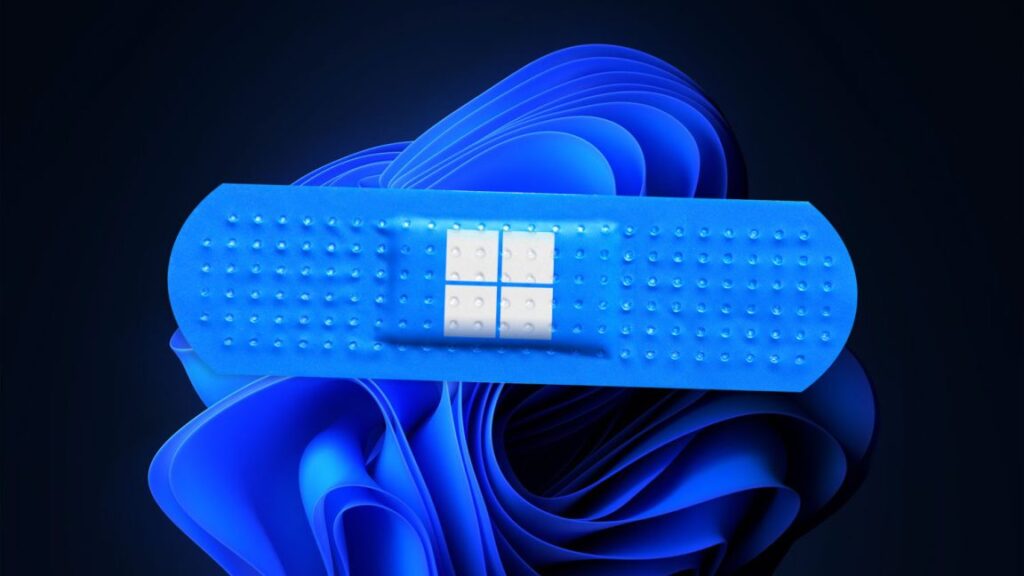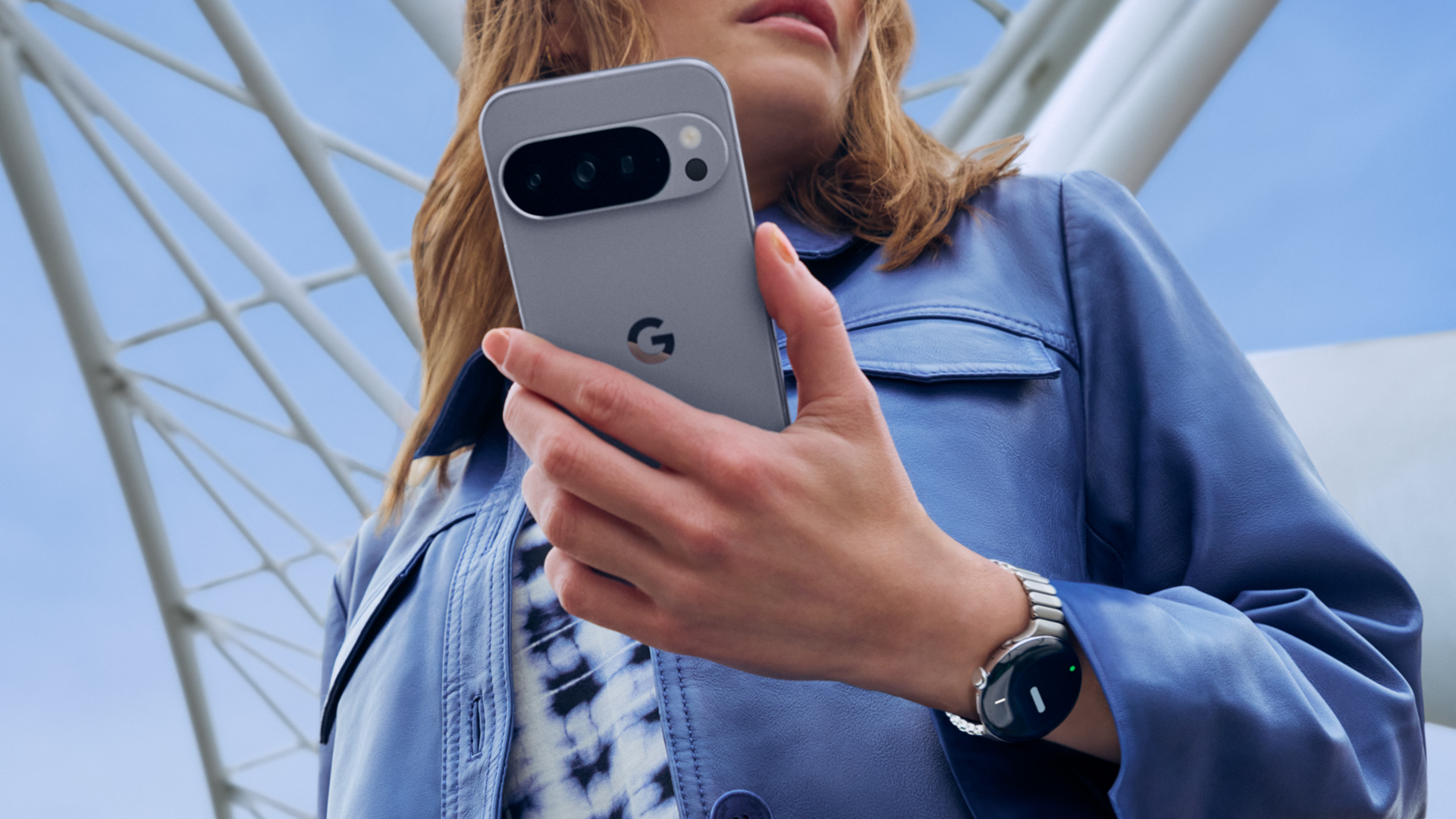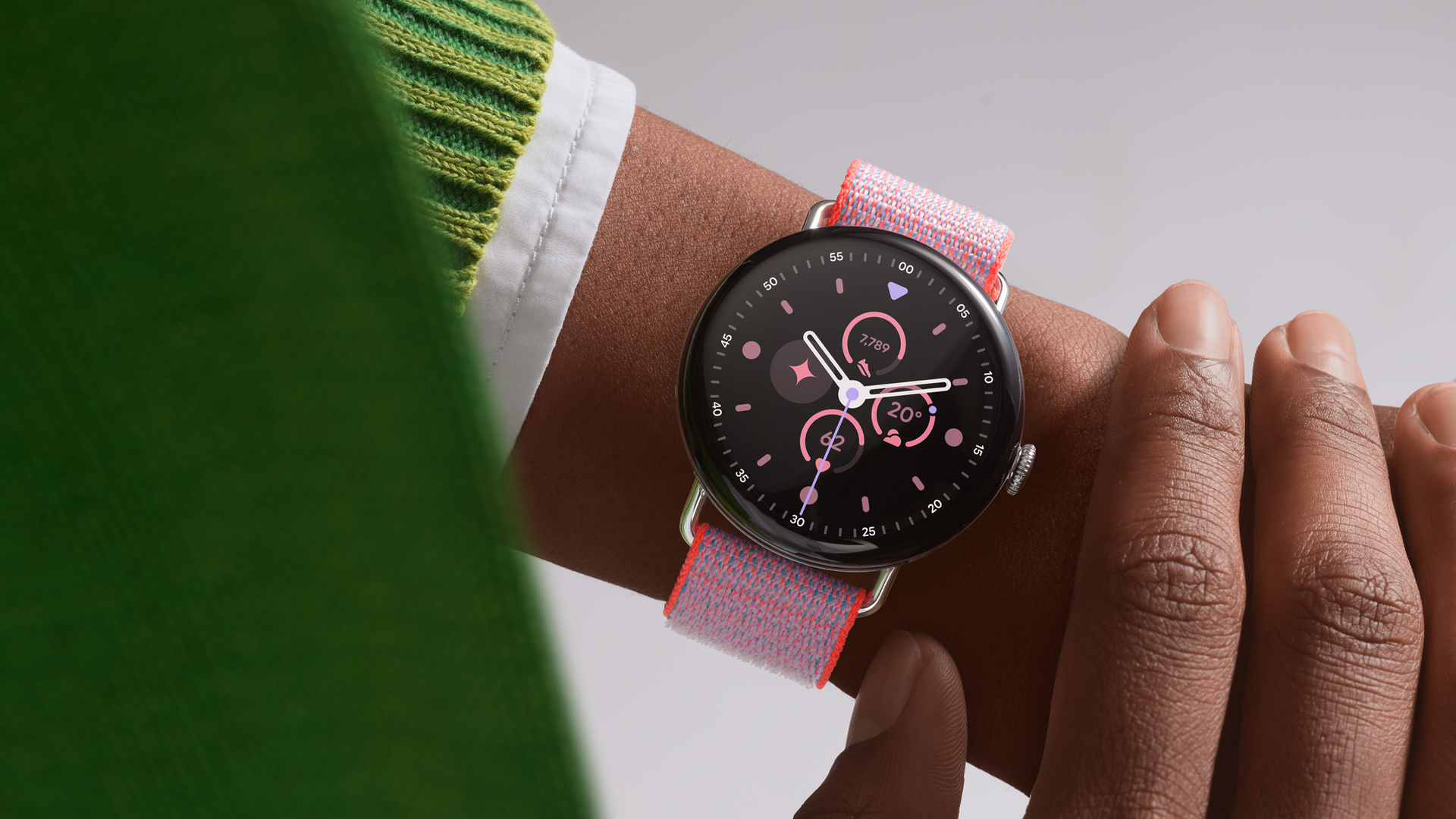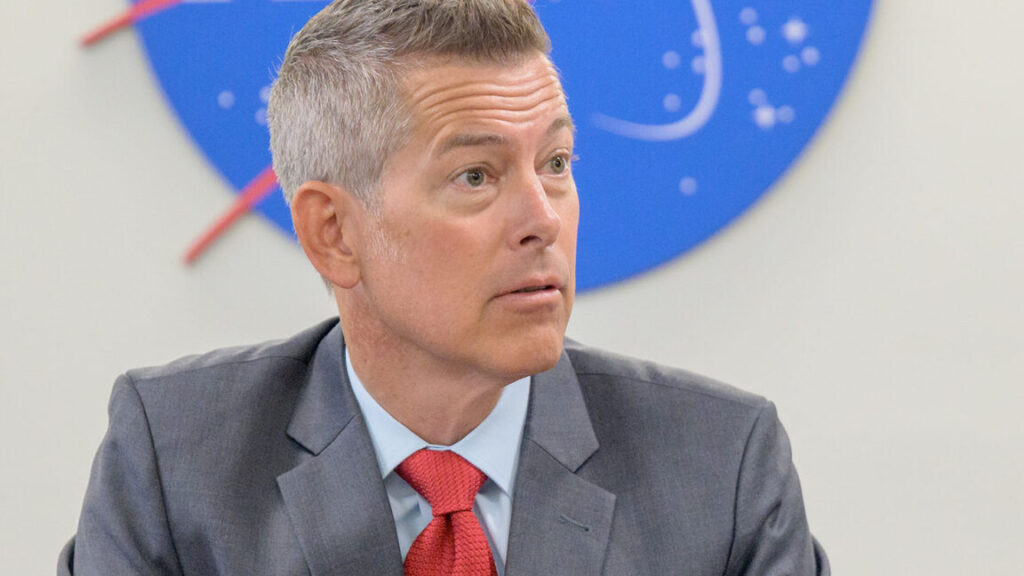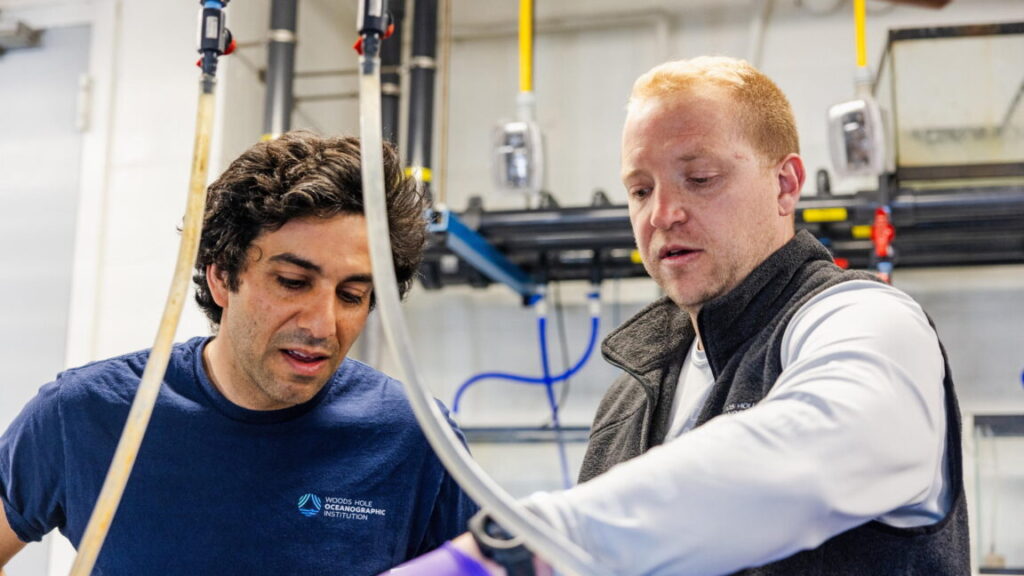Having recovery and/or SSD problems after recent Windows updates? You’re not alone.
The other issue some users have been experiencing is potentially more serious, but also harder to track down. Tom’s Hardware has a summary of the problem: At some point after installing update KB5063878 on Windows 11 24H2, some users began noticing issues with large file transfers on some SSDs. When installing a large update for Cyberpunk 2077, a large game that requires dozens of gigabytes of storage, Windows abruptly stopped seeing the SSD that the game was installed on.
The issues are apparently more pronounced on disks that are more than 60 percent full, when transferring at least 50GB of data. Most of the SSDs were visible again after a system reboot, though one—a 2TB Western Digital SA510 drive—didn’t come back after a reboot.
These issues could be specific to this user’s configuration, and the culprit may not be the Windows update. Microsoft has yet to add the SSD problem to its list of known issues with Windows, but the company confirmed to Ars that it was studying the complaints.
“We’re aware of these reports and are investigating with our partners,” a Microsoft spokesperson told Ars.
SSD controller manufacturer Phison told Tom’s Hardware that it was also looking into the problem.
Having recovery and/or SSD problems after recent Windows updates? You’re not alone. Read More »
